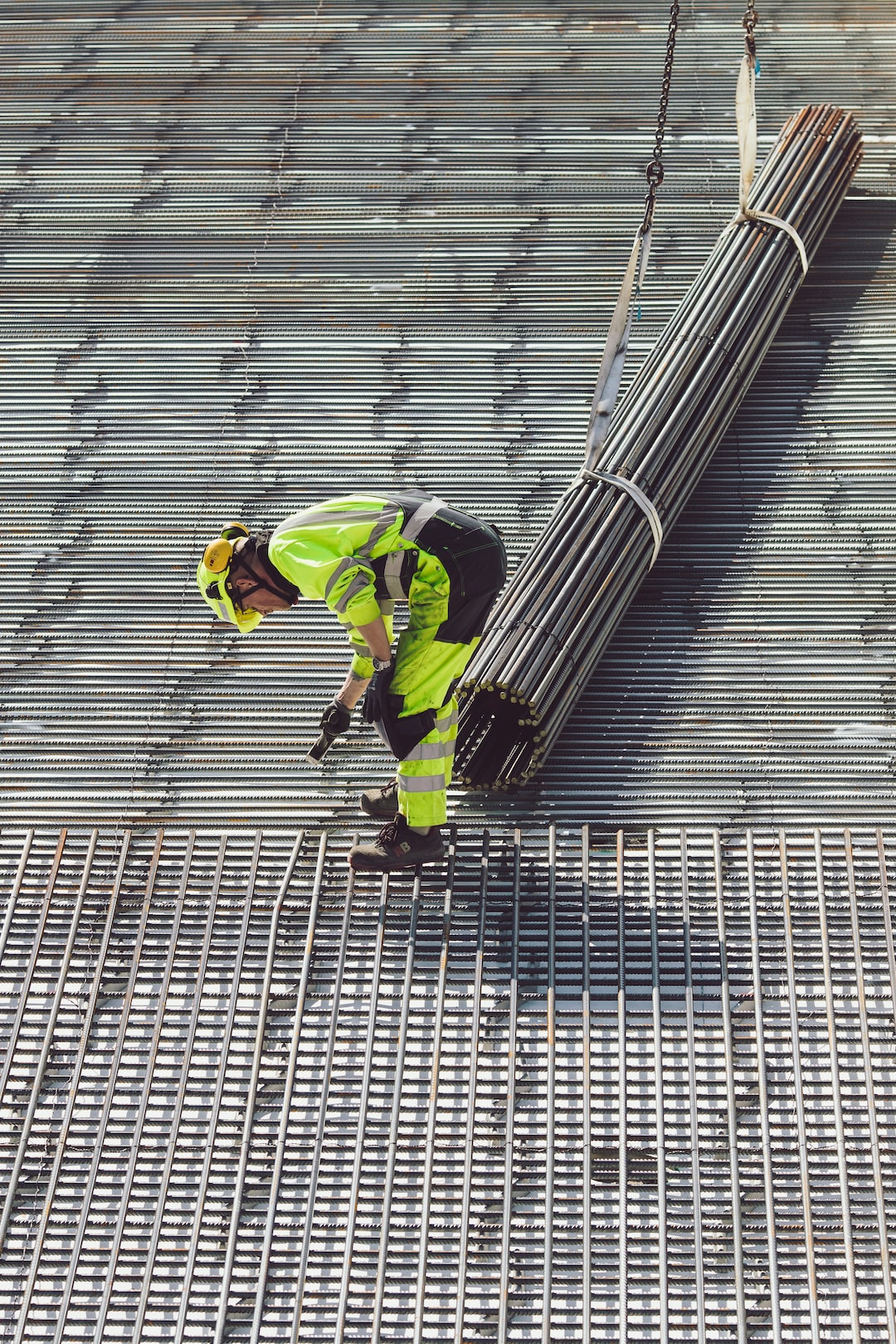Aerospace Engineering: Pushing the Limits of Flight
Since the earliest days of human civilization, mankind has been intrigued by the idea of flight. From the Wright brothers’ first successful flight in 1903, to the advancements made by NASA in space exploration, the field of aerospace engineering has been at the forefront of pushing the limits of what is possible in human flight. In this blog post, we will explore how aerospace engineers have revolutionized the aviation industry and continue to revolutionize the way we explore beyond our home planet.
Aerospace engineering is a multidisciplinary field that combines elements of mechanical and electrical engineering, physics, and materials science. It encompasses the design, development, and testing of aircraft, spacecraft, and related technologies. Aerospace engineers are responsible for creating vehicles that are not only capable of reaching great distances but also ensuring that these vehicles are safe, efficient, and sustainable.
One of the most important areas of aerospace engineering is the design and construction of aircraft. Whether it be commercial airplanes, military jets, or unmanned drones, aerospace engineers are constantly working to develop planes that are faster, more fuel-efficient, and able to fly higher and farther. They utilize computational models, wind tunnel testing, and new materials to optimize the aerodynamics and performance of these aircraft.
Another key aspect of aerospace engineering is space exploration. Since the first manned mission to the Moon in 1969, humanity has had its sights set on exploring the vast reaches of outer space. Aerospace engineers play a critical role in developing spacecraft that can survive the harsh conditions of space and safely transport astronauts to other celestial bodies. They are also responsible for designing and implementing the intricate systems that control the spacecraft and collect data about the universe.
In recent years, the field of aerospace engineering has witnessed several groundbreaking achievements. For example, the development of reusable rockets by private companies such as SpaceX has revolutionized space travel. These rockets are capable of landing back on Earth after delivering their payloads, significantly reducing the cost of space exploration. Additionally, aerospace engineers have been working on concepts such as hypersonic travel, which could enable commercial flights to reach speeds of over Mach 5, drastically reducing travel times between continents.
Aerospace engineering is not only about pushing the boundaries of technology but also about finding sustainable solutions for the aviation industry. With concerns over climate change and carbon emissions, aerospace engineers are developing cleaner and greener aircraft. They are exploring alternative fuels, such as biofuels and hydrogen, that can reduce the environmental impact of aviation without compromising performance. Additionally, they are working on electric propulsion systems that could potentially power aircraft in the future.
The challenges faced by aerospace engineers are not limited to technological advancements. They also encounter various safety concerns and regulatory hurdles. Aviation safety is of paramount importance, and aerospace engineers work tirelessly to ensure that airplanes and spacecraft meet the most stringent safety standards. They conduct rigorous testing, simulations, and analyses to identify and mitigate potential risks.
The field of aerospace engineering is ever-evolving, with new discoveries and innovations being made on a regular basis. As our understanding of the universe expands, so too will our desire to explore it. Aerospace engineers will continue to push the limits of flight, developing vehicles and technologies that enable us to go further and faster than ever before. From the smallest unmanned drones to the largest interplanetary spacecraft, aerospace engineering is at the heart of our quest to unravel the mysteries of the universe.
In conclusion, aerospace engineering is an exciting and dynamic field that is constantly pushing the boundaries of flight. Aerospace engineers play a crucial role in designing and constructing aircraft and spacecraft, enabling us to explore both the skies and outer space. They strive to develop faster, more fuel-efficient, and sustainable vehicles, while also ensuring the utmost safety. With each new innovation, aerospace engineering brings us closer to realizing the dream of human flight and our exploration of the cosmos.


